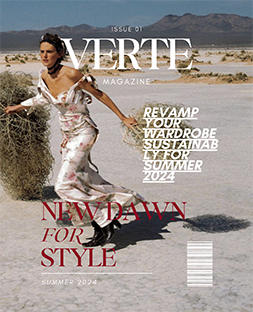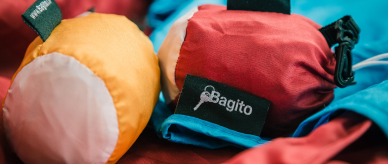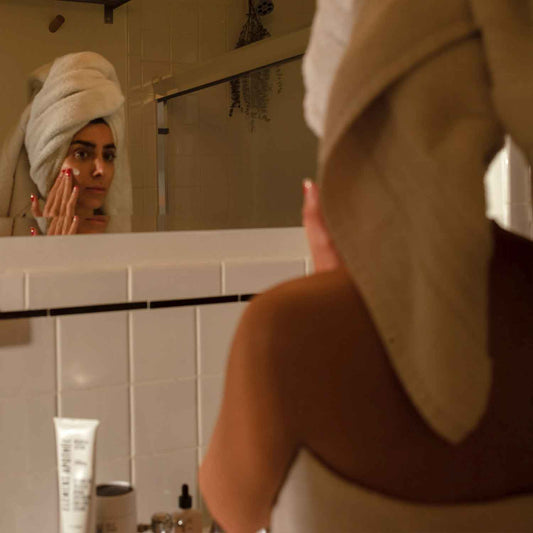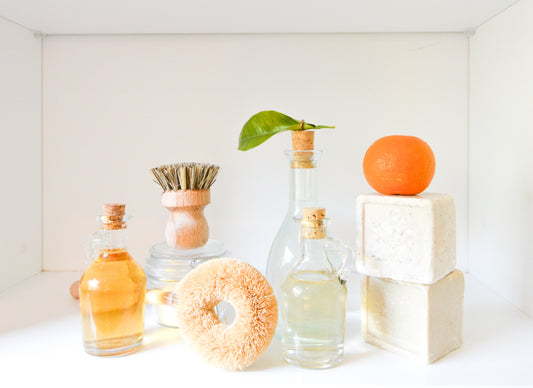With almost 4 million hashtag uses for Sustainable Fashion alone, we can see there is a huge interest in the matter. I mean, there is a severe crisis going on, so it’s quite reassuring to see it’s not just a handful of people who care.
However, some of the things I hear or read about sustainable fashion are quite inaccurate (not to say dead wrong or pure lies), so let’s bust some of these myths right now, and make sure we know what the whole thing is about.

I HAVE TO SPEND LOTS OF MONEY TO BE SUSTAINABLE
Theres no denying that some ethical and sustainable brands are pretty pricey. Don’t forget that you’re paying for ethically sourced fabrics, fairly paid workers and quality design. If you choose to spend a lot of money it should be on a piece that you know you will love forever. It’s important to never forget that the clothes that are already in your wardrobe are the most sustainable pieces you own. By keeping your clothes and wearing them, you are extending their lifecycle and negating the need to continuously buy things new.
VEGAN LEATHER IS ECO FRIENDLY
Most forms of vegan or faux leather are made from PU (polyurethane) or PVC (polyvinyl chloride). Both of which are plastics. They can be toxic when incinerated and they won’t biodegrade. Both types of faux leather are no better for the environment than real leather. When seeking cruelty free leathers, look for amazing innovations like Pinatex made from waste pineapple leaves or mushroom leather. If you don’t object to real leather then choosing vintage is also a good option. When properly cared for it will last a lot longer than it’s faux counterparts. This keeps it out of landfill and in the fashion supply chain.
MAN MADE FABRICS ARE THE ENEMY
Man made innovations in the textiles space is pretty incredible. Forget viscose, Lyocell, LENZING ECOVERO and Modal are all cellulosic fibres that are sustainably sourced from renewable forests. They are also biodegradable and can be recycled. Natural fibres like cotton on the other hand can be problematic as they require vast amounts of land and water to grow. Resources that could be used for agriculture. Where possible seek out organic natural fibres to ensure that care has been taken when growing them. Organic certifications like GOTS also take into account the way farmers are treated and the chemicals and dyes that are used in the factories too.
I AM POWERLESS TO CHANGE THINGS
As a consumer you have the power to dictate which brands are successful and which ones aren’t. So put your money where your ethics are. Support sustainable brands by purchasing from them and spreading the word. Steer clear of buying from brands you are unsure of and ask them questions. Can they tell you who made your clothes? Do they know the source of their fabrics? The more we ask these questions, the more brands will get the message that their shoppers care about honesty and transparency. This will force them to make positive changes. You also have the power to reduce over consumption. Why not challenge yourself to not buy anything new for a few weeks and see how you get on. In the words of Stella McCartney ‘doing a little something is better than doing a lot of nothing.’
I CAN BUY AS MUCH AS I LIKE, AS LONG AS I RECYCLE
Most textiles are incredibly difficult to recycle, especially if the fabric is a blend of two or more fibres. This is because currently, most recycling facilities don’t have the technology to separate these fibres. Often these garments get shipped to poorer countries, pushing them ‘out of sight and out of mind’. So instead of recycling think how you can keep your clothes in use for longer. Donate them to charities or swap, or sell. If you aren’t sure how to dispose of something, take it to a Love Not Landfill clothing bank. They sort donations and move them on to the best place.













